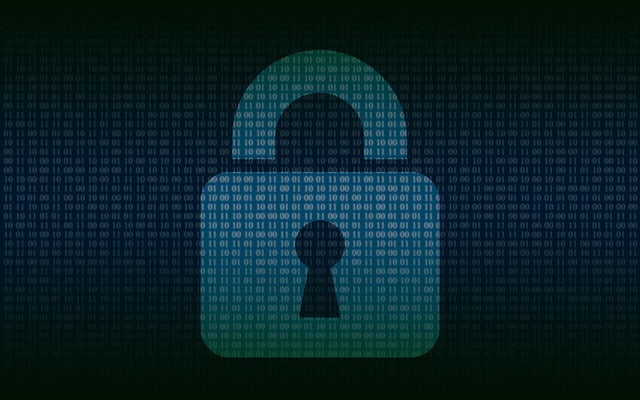 As digital transformation continues to be a priority, more than ever, enterprises need infrastructure solutions that will enable them to connect to more locations at faster speeds while still keeping everything secure. It is no surprise then that secure networking has become one of the most critical areas of technology for organizations today as IT teams struggle to figure out how to keep their remote workforces connected and secure.
As digital transformation continues to be a priority, more than ever, enterprises need infrastructure solutions that will enable them to connect to more locations at faster speeds while still keeping everything secure. It is no surprise then that secure networking has become one of the most critical areas of technology for organizations today as IT teams struggle to figure out how to keep their remote workforces connected and secure.
One of the newer trends you may have seen pop up is Secure Access Service Edge or SASE. This is an umbrella term originally coined by Gartner and is fast emerging as the architecture of choice for meeting evolving networking and cybersecurity challenges in increasingly cloud-based environments. In fact, Gartner predicts that as much as 40% of enterprises will have strategies for adopting SASE by 2024, up from just 1% in 2018.
Check out below to find out more about what SASE is and why it’s the future:
What is SASE?
SASE refers to a collection of existing services that are integrated as a common set of functions and features. This includes services such as wide-area networking, firewall as a service (FWaaS) and Zero Trust. Simply put, SASE combines SD-WAN capabilities (Content delivery networks, network as a service, bandwidth aggregators…etc.) with security (Cloud Access Security Broker, Secure Web Gateway, FWaaS, WaaP…etc.) by tailoring user sessions on four main factors:
- Identity of the entity connecting
- Context
- Security and compliance policies
- On-going risk assessments during each user session
SASE brings all of these elements together to provide users with more flexibility, accessibility and interoperability.
Benefits of SASE Architecture
Adopting SASE principles offers a unique opportunity to simplify IT security – In the past few decades, security teams have deployed large stacks of specialized tools to manage their security needs, which has led to its own set of challenges. SASE represents a single, holistic security solution making IT security management much easier in the future. Additionally, SASE provides secure, encrypted connections for individual employees without compromising on the user experience. It can even be delivered both on-prem and through the cloud, providing flexibility and adaptability to address different enterprise needs.
SASE Use Cases
While SASE delivers important benefits to businesses of all sizes and verticals, it is a particularly good fit for organizations that require a mixture of on-prem and cloud infrastructure with high-security risk profiles. Some examples include:
Banking: Large branches typically require a more robust security approach to protect large volumes of sensitive client and financial data and would be best suited for an on-prem approach. In contrast, smaller branches offering fewer client services would typically require a cloud-based approach
Retail: Similarly, retail is another great use case since they collect and process large volumes of personal and financial data. Retailers tend to have many branches in many different locations, and so SASE allows them to reduce their footprint with an approach that places most of their security in the cloud
COVID/WFH: With the COVID crisis pushing us indoors into our homes, IT teams were not ready to transition into supporting a fully remote workforce – Home IT security is usually weak and represents a huge vulnerability in many networks. SASE can help by allowing organizations deploy secure access to homes using a thin branch approach through the cloud
How Can I Implement SASE?
The transition towards SASE can often be complicated and will be unique for all organizations. Stratejm is North America’s leading Next-Generation MSSP and we have extensive experience helping organizations of all sizes move towards future-proofing their infrastructure. Contact us today to find out how we can help your organization start your Zero Trust journey.
